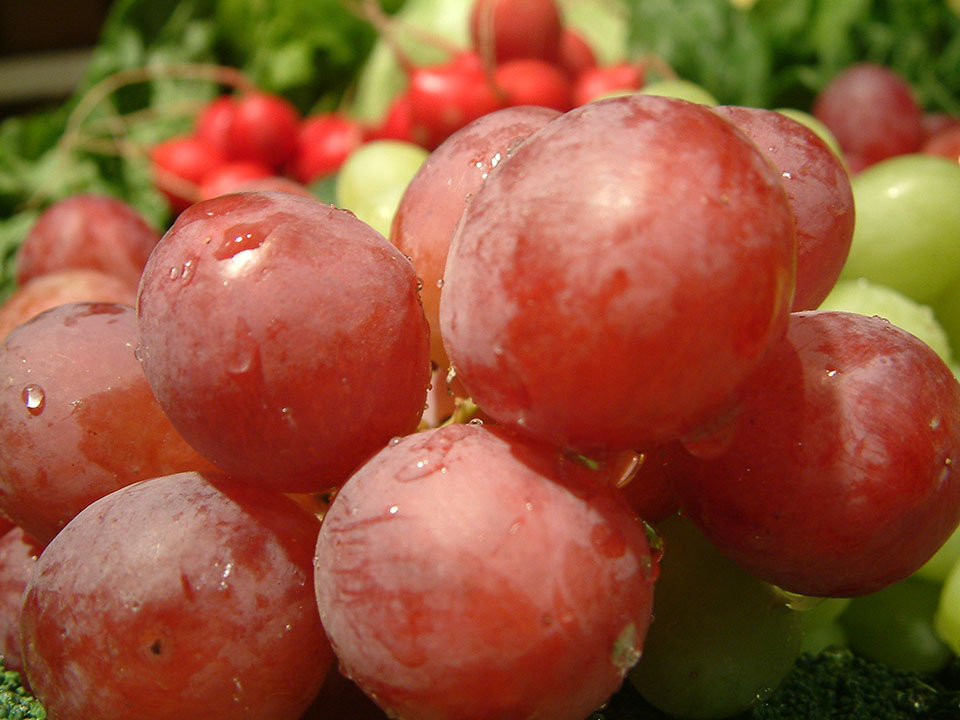
The other day, someone told me that they’d been to a wine event at which the presenter announced to the enthusiastic gathering that “there is no such thing as bad wine.” I can only assume that the presenter must have had some connection with the wine trade. But I suppose it’s in the interest of the wine trade to preserve as much mystique about wine as possible even if it involves telling a few fibs.
But bad wine? Yes, of course there’s bad wine in the same way that there’s bad poetry, bad workmanship, badly cooked food and bad movies. Oddly enough, I saw such a movie last night; a hopeless tangle of a plot which had more holes than a slice of Emmenthal. The story, such as it was, concerning a bottle of unusually old wine and the activities of various characters who wanted it for themselves. There was one scene at a wine tasting, in which they’d managed to get almost everything wrong. Some of the actors were even holding their wine glasses incorrectly. Still, it wasn’t quite as awful as Fire Maidens from Outer Space, considered one of the worst films ever made.
Many years ago, I was a school teacher in The Old Country and we used to have parent evenings at which we discussed the progress of the students. Or in some cases, the lack of it. One of the parents was an affable fellow, whom I shall call Jim, because that was his name. Jim was an amateur wine-maker which was a popular hobby in those days. Perhaps it still is. Jim made his wine in the family kitchen and when he realized that I enjoyed wine, he began to send me samples for my comments.
The prospect of free wine samples might seem attractive, but not after you’ve tasted Jim’s home-made stuff. It wasn’t just bad, it was a vile, horrid liquid and pretty well undrinkable: an ominous, opaque dark red with curious and unsettling wild aromas that you might encounter if you got too close to an elderly incontinent badger with halitosis.
In the 1960s there was quite a lot of poor quality wine sold in Britain and there were certainly a good many dodgy bottles around, though not quite as dreadful as Jim’s wine. There was also an unpleasant concoction (long since gone) called “British Wine” which was fermented from grape concentrate and tasted something like sweet sherry. It was truly awful but it sold, presumably because in those days few people knew what quality wine was supposed to taste like.
Today there is much less “bad” wine around than there was fifty years ago. I’d guess that there are several reasons for this. Wine production has generally improved world-wide and in most countries there are strict legal controls. Several notable universities offer courses in oenology (the science and study of wine) and most professional wine-makers hold a degree in oenology or a related subject. On the occasions when inclement weather or human error produce poor wine, there are more opportunities for wineries to sell it into the industry for processing, and less need to release poor wine on to the retail market. In any case, most major supermarkets employ a specialist wine buyer to weed out unsuitable products and there’s also a more educated public that will not readily accept poor quality. Today, most wine producers use synthetic corks that are more reliable than natural cork, which under certain conditions can deteriorate and spoil the wine.
While you are less likely to come across poorly made wine, there is still a chance that you might encounter a once-good wine which has since deteriorated. There are several causes but it’s usually due to careless handling, incorrect storage, accidental exposure to heat or a faulty closure which has caused air to enter the bottle. Sometimes, it’s just too old. On several occasions, I have been offered damaged wine at reputable restaurants, but at least the staff had the grace to replace the faulty bottle. This is why you should be offered a sample when you buy an unopened bottle from the wine list. The sample is not to see whether you actually like the wine, because you’ve already bought it. It’s to make sure that the wine is undamaged.
We all know that during the pandemic hotels and restaurants have sadly been suffering a significant and damaging loss of trade. The regulations prohibiting serving wine with meals have resulted in large numbers of unsold bottles on the shelves and they are getting older by the month. Remember that the vast majority of basic table wines are intended for early consumption, ideally within two or three years at the most. Anything older, especially wine that’s been stored carelessly is possibly past its best. But I will leave you to consider the implications of all that for yourself. Caveat emptor, as they say.
 |
 |
 |





